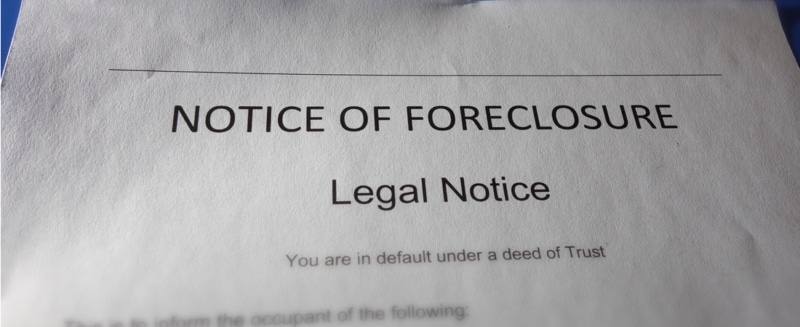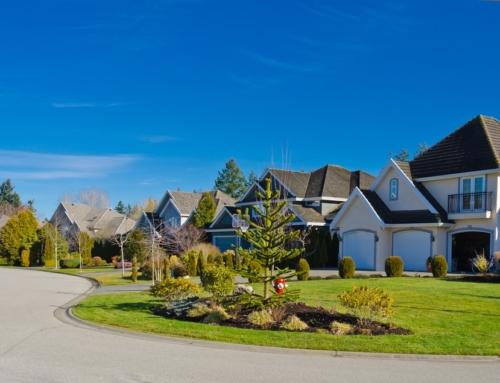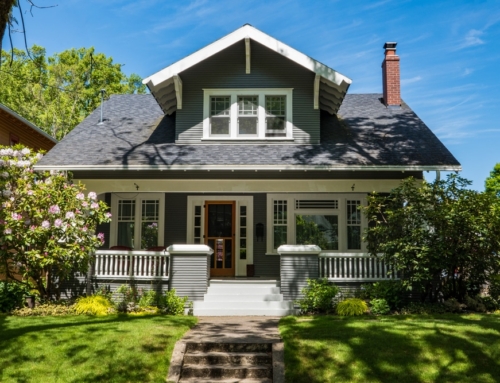Is the foreclosure crisis over? Home prices are rising, but there are still too many foreclosures to be a normal housing market. It depends on where you stand.
Is this your reality? The housing market is on an upswing. Mortgage interest rates are still low, home prices are rising dramatically, and the stock prices of companies in the construction industry are skyrocketing.
According to the National Association of Realtors, pending home sales improved slightly in April and continue to be well above a year ago. Gains in the Northeast and Midwest were offset largely by declines in the West and South. There are reports of bidding wars on some properties in neighborhoods where few homes are on the market.
We’re even working our way through the inventory of homes that were foreclosed on during the housing crisis.
But we’re not yet out of the woods. And there are many home buyers for whom this rosy scenario isn’t reality.
CoreLogic reports that 4.4 million foreclosures have been completed since 2008, the start of the Great Recession. In April, some 52,000 foreclosures were completed, a drop of 16 percent from March. Still, that’s twice as many foreclosures as in a more normal housing market.
More than 13 million homes are underwater, still worth less than the mortgage amount. And in 2012, nearly $200 billion in wealth was lost due to foreclosures across the U.S., with an average loss of $1,679 per household, according to “Wasted Wealth: The Foreclosure Epidemic, a Generational Crisis for Communities of Color,” released this week by the Alliance for a Just Society, Home Defenders League, and The New Bottom Line. Wasted Wealth analyzes 2012 foreclosure data to calculate lost wealth, examines the ongoing threat of foreclosures-in-waiting, and explores the economic impacts of principal reduction.
Detroit and other communities with significant populations of color lost an average of $2,008 in net worth, according to the study.
In some neighborhoods in Illinois, the median home sales price is $14,000. In Detroit, where huge swaths of homes have been bought or turned over to land banks, the city is in bankruptcy, trying to figure out how to shrink to where the tax base actually is and provide services to those residents who remain.
A housing recovery has to mean more than just the folks who don’t need credit being able to access it when everyone else can’t. It has to mean that more neighborhoods are included in home price recoveries and that even the worst neighborhoods see some uptick.
If there’s going to be a continuation of the American Dream of the next generation doing better than this one, housing will remain a significant part. And the vast majority of Americans have to feel as though the dream is alive for them – and their families.







Leave A Comment